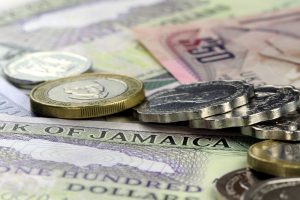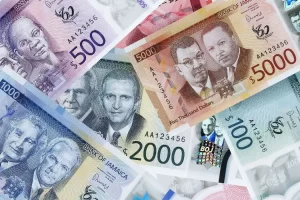August 11, 2025
The Cuban peso hit an all-time low on the informal market Monday, trading at 400 to the U.S. dollar. The slide comes as the partial dollarization of the state-dominated economy accelerates, deepening social tensions amid shortages of basic goods, runaway inflation, and a crumbling infrastructure and public services.
The import-dependent country’s government attributes the crisis largely to U.S. sanctions that target foreign exchange earnings. These measures, officials say, have contributed to an 11 percent contraction of the economy since 2019. Critics point instead to slow and incomplete economic reforms.
In December, Prime Minister Manuel Marrero said partial dollarization was necessary to capture U.S. currency already circulating within the country, describing it as part of broader efforts to stabilize the economy. Partial dollarization means that the dollar replaces the peso for certain goods and services.
According to Miami-based tracker El Toque, widely used by Cubans to assess the peso’s real value, the currency has lost nearly 25 percent of its value this year. The dollar traded at 305 pesos on January 1, compared with just 40 pesos when the tracker launched in 2021.
The currency’s decline this year has coincided with government measures to expand well-stocked retail outlets that only accept convertible currency in cash, foreign credit cards, or a state-issued dollar card. These payment methods are also increasingly used in tourism, wholesale trade, and to pay customs duties.
Government officials acknowledge that dollarization and inflation have widened inequality in a country where about 40 percent of the population lacks access to foreign currency through remittances or other sources. Those without dollars typically do not earn enough in state jobs or pensions to cover basic needs.
“To overcome this economic situation, we have been forced to accept the partial dollarization of the economy,” President Miguel Díaz-Canel told the National Assembly last month. “This benefits those who have capital or receive remittances, which in turn leads to an undesirable widening of social inequality.”
The government maintains a fixed exchange rate of 24 pesos to the dollar and a “discretionary” rate of 120 pesos, the latter increasingly used for exchanges with tourists and to set prices for subsidized goods and services such as public transportation and gasoline.
Meanwhile, the growing private sector is barred from accessing official foreign exchange and instead uses the informal rate to price its largely imported goods.
“Here, almost everything is in dollars. Cuban money is worthless for buying food and barely anything else, and I do not have a single dollar,” said retiree Freddy Portillo, who lives on a monthly pension of 1,500 pesos, while walking through a main shopping street in Old Havana.
Source: (Reuters)
Disclaimer:
Analyst Certification – The views expressed in this research report accurately reflect the personal views of Mayberry Investments Limited Research Department about those issuer (s) or securities as at the date of this report. Each research analyst (s) also certify that no part of their compensation was, is, or will be, directly or indirectly, related to the specific recommendation (s) or view (s) expressed by that research analyst in this research report.
Company Disclosure – The information contained herein has been obtained from sources believed to be reliable, however its accuracy and completeness cannot be guaranteed. You are hereby notified that any disclosure, copying, distribution or taking any action in reliance on the contents of this information is strictly prohibited and may be unlawful. Mayberry may affect transactions or have positions in securities mentioned herein. In addition, employees of Mayberry may have positions and effect transactions in the securities mentioned herein.







